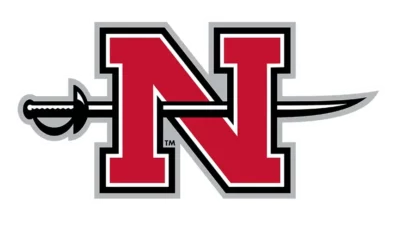NICHOLLS COMMITMENT TO THE COAST TIMELINE
Nicholls has exemplified a longstanding commitment to the coast through education, research, and public initiatives. Beginning in 1948, with the campus’ conception, Nicholls has always had strong ties to the coast and community that has been expounded upon to this day.
1948
Nicholls State College opens its doors some 50 miles from nearest Gulf coastline.
1958
First petroleum engineering technology program begins
1961
Louisiana Shrimpers Association sponsors research on shrimp life-cycle
1964
First science degree offered
1965
First National Science Foundation-sponsored research
1966
Nicholls College Foundation sponsors shrimp research
1967
Bachelor of Science degree in Marine Biology begins—first baccalaureate marine biology program in Louisiana
1968
National Science Foundation sponsors shrimp aquaculture research
1969
University Farm established (277 acres)
1972
Wisner Foundation signs 50-year coastal land lease with Nicholls to support coastal research
1974
• Geographical survey of historical marshland settlements inaugurated by geography professor Dr. Don Davis
• Gulf Dead Zone first described by biology professor Dr. Alva Harris
• Nicholls Marine Laboratory established at Fourchon, LA—first permanent coastal laboratory in Louisiana
• Louisiana Offshore Oil Port commissions from Nicholls an environmental and ecological
impact study of planned platform and pipeline
1979
LUMCON established by Louisiana legislature; Nicholls Marine Laboratory subleased for LUMCON operations and education outreach
1986
Woody Defelice Marine Sciences Center opens at Cocodrie—home of LUMCON; Nicholls faculty and administration instrumental in establishing and administering facility; Nicholls faculty begin utilizing center for research and educational offerings
1990
• Bio-economic model for Louisiana coastal oyster industry established by biology professor Dr. Earl Melancon; adopted as Lease-Yield (seed-harvest) ratio by Louisiana Department of Wildlife and Fisheries; still used to determine monetary damages for leases following disasters.
• Barataria-Terrebonne National Estuary Program (BTNEP) established, placing the university at geographical center of one of the largest and most important estuaries in the country; over years, Nicholls graduates and faculty serve as executives for Program, Management Conference, and Foundation.
1992
BTNEP relocates to campus
1998
National Coastal Wetlands Summit hosted at Nicholls
Resource zones for coastal oyster industry established by biology professor Dr. Earl Melancon; become known industry-wide as the “Melancon Maps”
2002
Masters of Science in Marine and Environmental Biology program begins, focusing on regional, thesis-based research training
Nicholls joins Long-term Estuary Assessment Group with Tulane University
2003
Calypseaux Expedition inaugurated—annual Gulf education collaboration with LUMCON
2006
University Farm begins service as coastal plants field research station, growing and supplying coastal grasses for plantings and preserving endangered coastal plant species
2010
Institute of Seafood Safety established, sponsored by USDA/NOAA
2013
Nicholls begins service in Academic Liaison Group of The Water Institute
2014
Center for Bayou Studies established, focusing on nexus of coastal/estuarine history, culture, and ecology research; center accepts donation of Bobby Jones Collection—papers from early Terrebonne Parish coastal engineer and architect of barrier islands restoration
2015
Nicholls begins service on the Executive Committee of the Restore Act Center of Excellence
2018
Nicholls celebrates 70th anniversary, some 24 miles from nearest coastline
2019
Plans for Coastal Technology Assistance Center, Coastal Business Incubator, and the NSU Coastal Center are underway
2020

